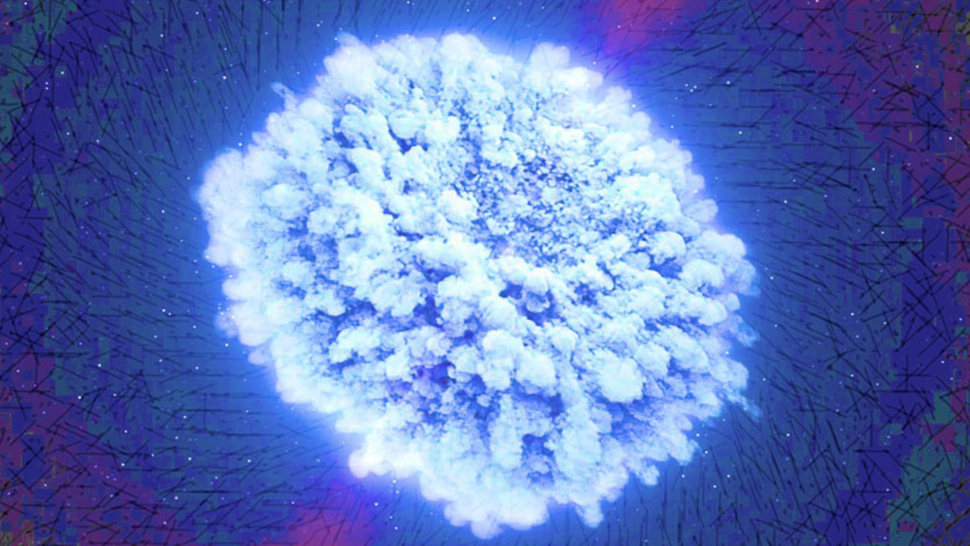Astronomers have captured a stunning cosmic event: the merger of two neutron stars resulting in the formation of a black hole and the creation of elements like gold, silver, and uranium. Located 130 million light-years away in the galaxy NGC 4993, this massive collision was observed using an array of advanced telescopes, including the Hubble Space Telescope. By studying this phenomenon, researchers hope to uncover more about the birth of heavy elements and the extreme processes that govern their formation.
Neutron stars are remnants of massive stars, at least eight times the size of our Sun, that collapse under their own gravity after running out of nuclear fuel. When two neutron stars orbit each other, they emit gravitational waves, gradually bringing them closer until a powerful merger occurs. This merger creates a “kilonova” – a massive explosion that releases light equivalent to hundreds of millions of suns. The extreme conditions of this kilonova event, with temperatures thousands of times hotter than the sun, create a cloud of plasma where neutrons are rapidly captured in atomic nuclei. This rapid neutron capture process (or r-process) results in the formation of heavy, unstable particles that decay into elements heavier than iron, including gold, silver, uranium, and others.

The study, led by the Cosmic DAWN Center at the Niels Bohr Institute, marks a significant achievement in our understanding of cosmic nucleosynthesis, the process by which elements are created in the universe. Rasmus Damgaard, a researcher involved in the study, highlighted the breakthrough as scientists were able to witness atoms forming and measure matter’s temperature within the distant explosion. This discovery is vital, as these heavy elements cannot be forged in even the most massive stars but require the intense forces produced by neutron star collisions.
Capturing the details of this kilonova event required a network of observatories worldwide, since no single telescope could follow the explosion’s rapid development due to Earth’s rotation. Astronomers used the Hubble Space Telescope alongside facilities in Australia and South Africa to gain a comprehensive view of the event. Albert Sneppen, the study’s lead researcher, emphasized the importance of this collaboration, as combining different viewing perspectives allowed scientists to track changes minute by minute and understand the event’s stages.
Observations of this cosmic explosion reveal how fundamental elements came into existence in the universe. The material produced in these cataclysmic events spreads throughout the galaxy, eventually becoming part of planets, stars, and even the atoms in our own bodies. This recent study not only improves our understanding of black hole formation but also demonstrates how the elements essential to life were produced and dispersed across the universe.















No comments